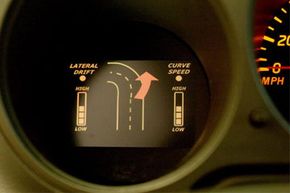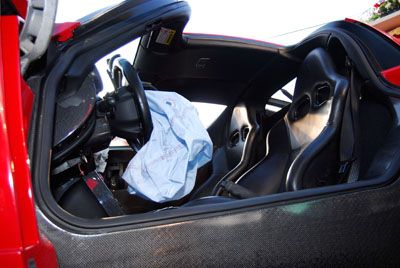There's an old saying that any publicity is good publicity -- but tell that to a company that's been hit with a safety recall. Product recalls can cover anything from toys coated with lead paint to bacteria-tainted food. But in recent years, problems with technology have led to several automotive recalls.
For example, in 2009, Volvo recalled vehicles because onboard software wasn't sending the right signals to the fuel pump, which could cause stalls and crashes. Around the same time, Yamaha recalled motorcycles manufactured between October 2004 and April 2005 because of problems with the throttle position sensor, which could also lead to stalls and crashes [source: NHTSA, October 2009]. Not long after, Daimler Trucks recalled some Thomas school buses because of problems with LED wiring that could make the buses hard for drivers to see [source: NHTSA, November 2009].
Advertisement
And then, of course, there's the massive recall that started affecting Toyota vehicles in 2009. Over a period of a few months, Toyota recalled more than 5.7 million cars due to incidents of "unintended acceleration," or cars speeding out of control. A large part of this recall was technology-related, too. In the recalled cars, the gas pedal has no direct, mechanical connection to the engine through a cable. Instead, an electrical signal travels through a wire and controls the accelerator. Due to a faulty sensor in this drive-by-wire throttle system, the gas pedal could become stuck [source: Brown]. Toyota also recalled more than 400,000 Prius cars due to software in the engine computer that can make the anti-lock brakes fail [source: FOX News].
These recalls all relate to technology under the hood, and they raise an interesting question: Does this kind of technology make newer cars less safe?
Advertisement


